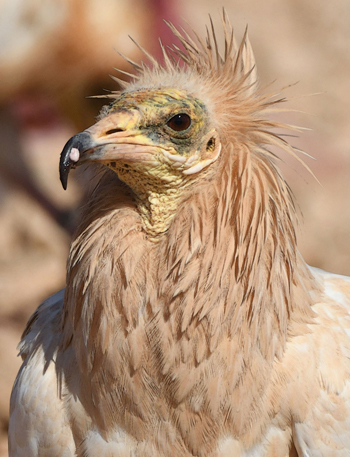The inclusion of perceptions, interests and needs of stakeholders in biodiversity conservation is critical for the long-term protection of endangered species. Yet, the social dimensions of endangered species conservation are often overlooked. Here, the social perceptions of the conservational importance of the globally endangered Egyptian vulture are examined in one of the most important breeding areas worldwide: the Bardenas Reales Protected Area, northern Spain. The factors that influence the stakeholders' views of its conservation importance and identified the management strategies that would have social support are assessed. It was found that the understandings of the Egyptian vulture differed among stakeholders. Hunters had the highest level of knowledge about its presence, threatened status and role as provider of ecosystem services. Livestock keepers recognized the worth of the Egyptian vulture for carcass removal, whereas other regulating services (e.g. biological control) were frequently acknowledged by tourists. Hunters and livestock keepers were more critical about the effectiveness of ongoing conservation strategies for preserving the Egyptian vulture than tourists. Moreover, each stakeholder group identified different actions for the conservation of the Egyptian vulture in the area. The consideration of the diversity of conservation actions suggested by stakeholders could catalyze broader support for the preservation of the Egyptian vulture. informacion[at]ebd.csic.es Cortés-Avizanda et al (2018) Stakeholders perceptions of the endangered Egyptian vulture: Insights for conservation. Biol Conserv Vol 218, 173–180 https://doi.org/10.1016/j.biocon.2017.09.028
http://www.sciencedirect.com/science/article/pii/S0006320717302677


 Las altas temperaturas están provocando que las lagunas y las marismas de Doñana pierdan agua rápidamente
Las altas temperaturas están provocando que las lagunas y las marismas de Doñana pierdan agua rápidamente




